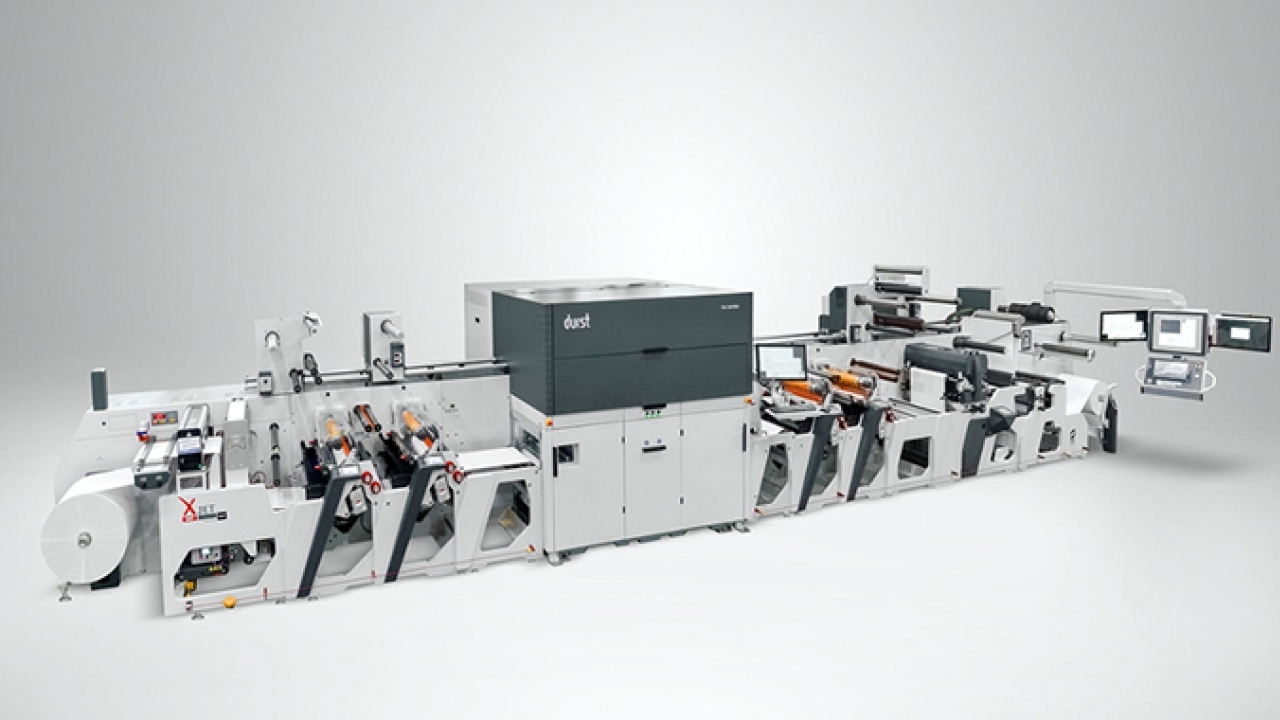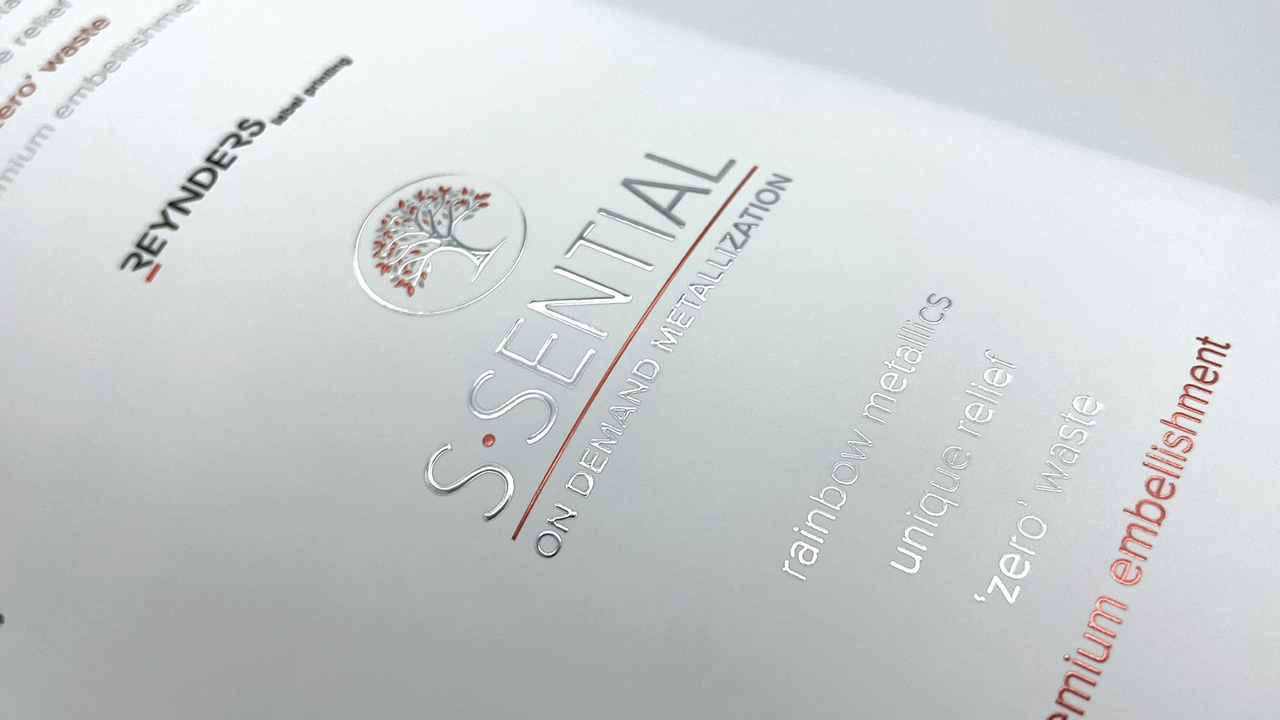Omet launches XJet hybrid press
Italian manufacturer Omet has launched XJet hybrid press powered by Durst, offering faster speeds, wider width and higher print quality in a more compact form with automatic register and control.

The XJet press combines Omet flexo quality and Durst digital inkjet printing technology, plus exclusive finishing and converting units to obtain the final product in one single pass. This partnership offers hybrid technology with the level of productivity, independent from the length of the run.
The machine features the benefits of digital technology, such as immediacy, variable data, personalization and high uptime, along with new high-performance features such as in-line integration of finishing and converting units. Additionally, Omet flexo stations enable primers and special varnishes application, pantone or metallized color printing, compensating for the limitations of today’s digital technology. Printers can choose the most convenient combination of technologies at every run, adapting the production to changeable market trends like personalization, just-in-time deliveries and final product valorization.
Latest developments implemented on the XJet include faster speed (80 m/min up to 100 m/min), wider options (330 – 420 – 510 mm digital printing width), and the automatic nozzle compensation system.
‘We are working on further developments aiming at expanding the range of final applications,’ said Marco Calcagni, sales and marketing director at Omet. ‘To satisfy the demands of our globally respected customers who themselves are pioneers in innovations. The XJet is requested by label companies that see benefits in a total hybrid solution, being able to provide an extended range of new opportunities and widening significantly their product portfolio.
‘We also see significant interest coming from digital printers who want to optimize their production process: printing, finishing and converting in-line with focus on single pass production, by using only one machine instead of two or three being used currently. We expect 2020 being the year of “the Pivot of hybrid” and faster growth of installations in 2021.’
Stay up to date
Subscribe to the free Label News newsletter and receive the latest content every week. We'll never share your email address.

